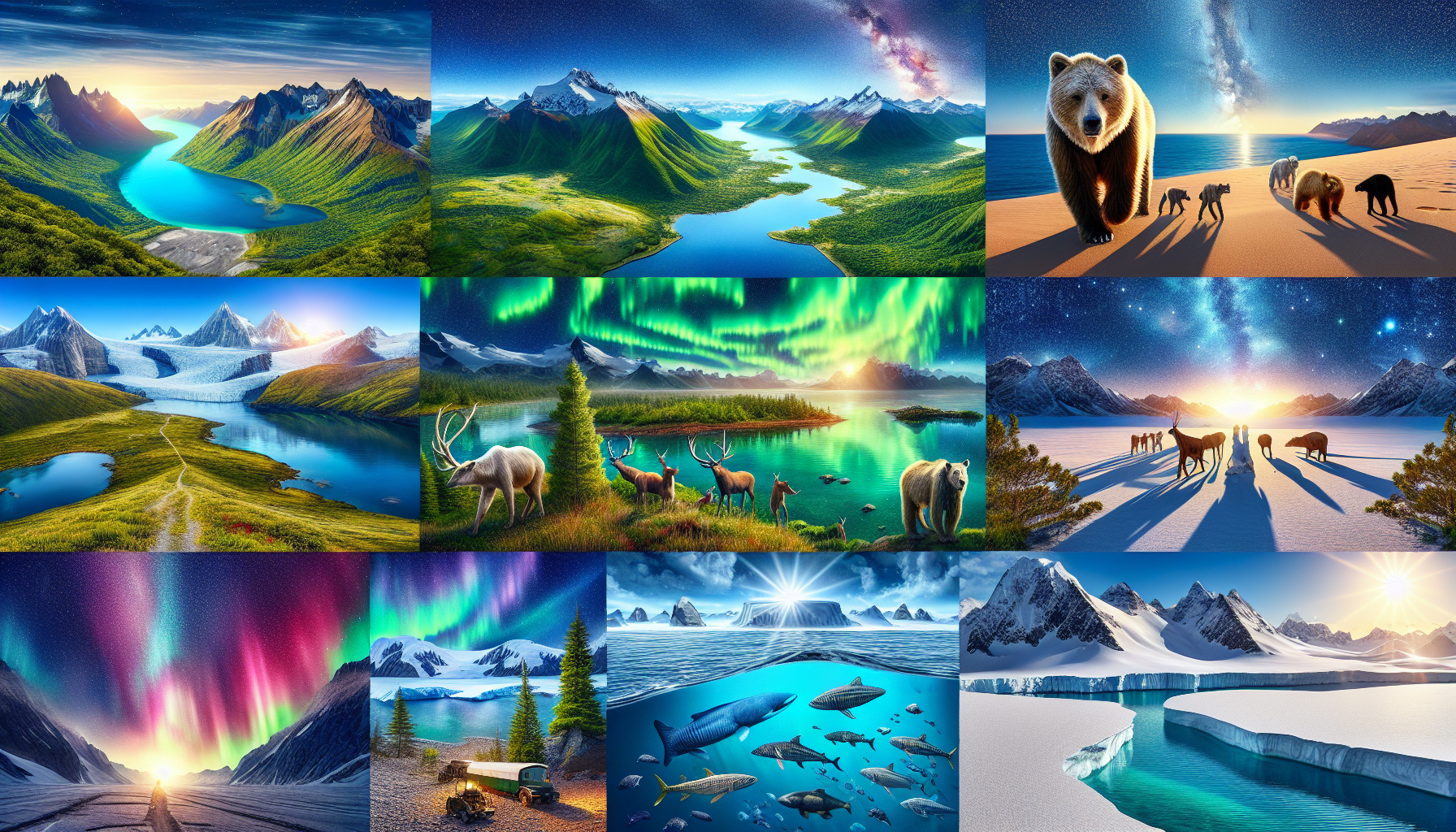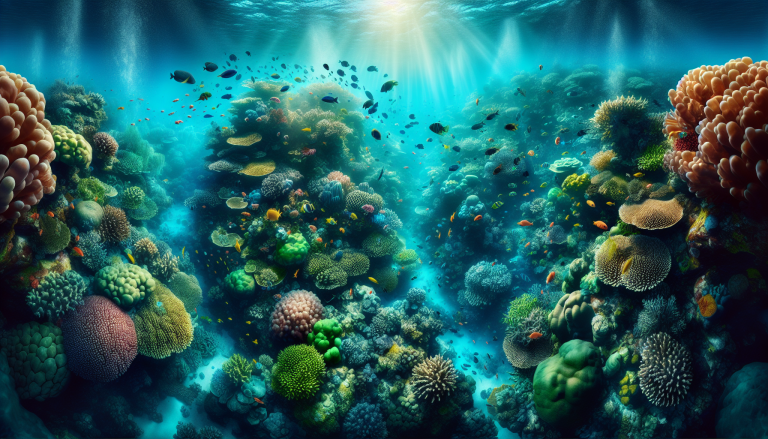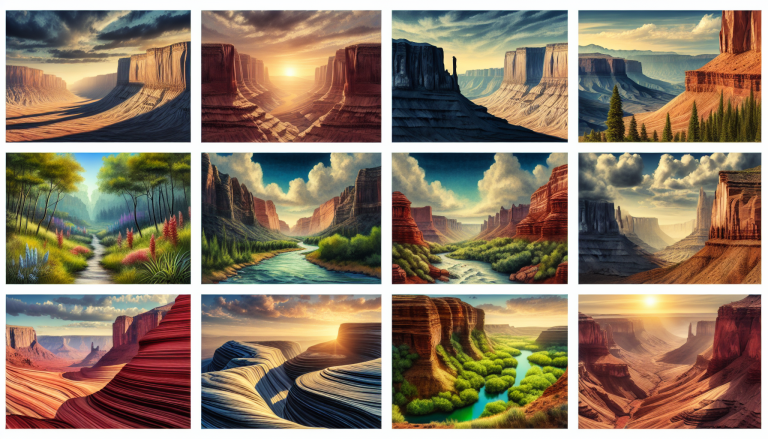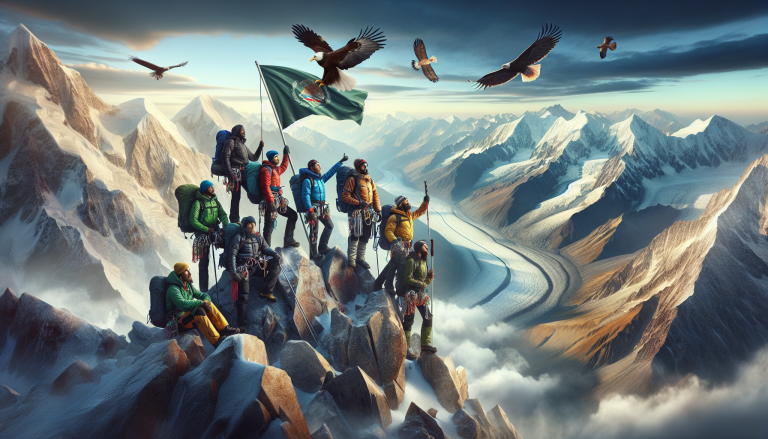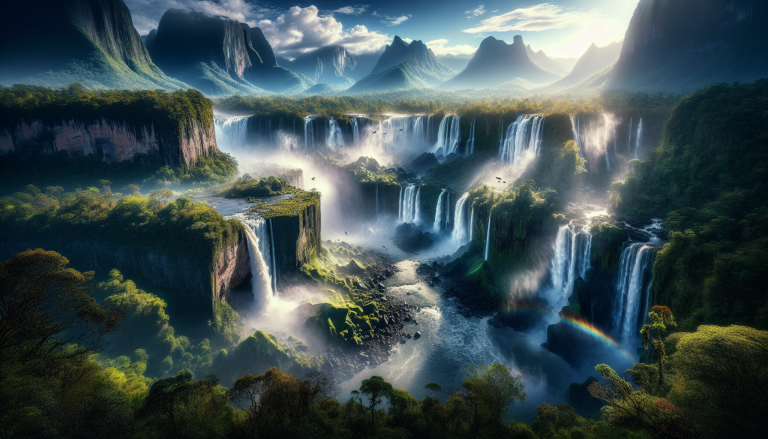Lost Worlds Revealed: A Journey to Earth’s Most Remote and Untouched Places
Uncover the mysteries of Earth’s remote and untouched landscapes, where nature thrives without the touch of civilization.
Embark on a journey to Earth’s hidden corners, where the touch of civilization is a distant echo. These remote and untouched places, shrouded in mystery, unveil the resilience of nature in its purest form. Join us as we explore these lost worlds, where time seems to stand still, and the wonders of the planet thrive far from the reach of human hands.
The Amazon Rainforest, Brazil
Our odyssey begins in the heart of South America, where the Amazon Rainforest reigns as the largest and most biodiverse rainforest on Earth. Home to an astounding array of flora and fauna, many of which remain undiscovered, the Amazon pulses with life. Dense canopies, winding rivers, and vibrant ecosystems create an environment that has evolved in splendid isolation for millions of years.
Svalbard, Norway
Venturing to the Arctic archipelago of Svalbard, we encounter a realm of icy landscapes and untouched wilderness. With polar bears roaming on the sea ice and glaciers calving into frigid waters, Svalbard offers a glimpse into the raw beauty of the Arctic. Remote and sparsely populated, this region serves as a testament to the resilience of life in extreme conditions.
Easter Island, Chile
In the vastness of the Pacific Ocean, Easter Island stands as a lonely outpost of ancient mystery. Famous for its colossal stone statues, or moai, this remote island is one of the most isolated inhabited places on Earth. The moai, with their enigmatic expressions, silently watch over the island, their origins and purpose still puzzling archaeologists and historians.
Antarctica
The frozen expanse of Antarctica, Earth’s southernmost continent, is a pristine wilderness untouched by permanent human habitation. Towering icebergs, expansive ice shelves, and colonies of penguins define this desolate but awe-inspiring landscape. Antarctica’s isolation has preserved its unique ecosystems, allowing scientists to study the planet’s past and monitor its changing climate.
The Namib Desert, Namibia
In southwestern Africa, the Namib Desert stretches across vast dunes and arid plains. The otherworldly landscapes of Deadvlei, with its ancient, skeletal trees against a backdrop of towering red dunes, epitomize the eerie beauty of this remote desert. The Namib’s desolation and unique geology make it a living testament to the sculpting forces of wind and time.
Greenland
Moving to the world’s largest island, Greenland, we witness a land of contrasts – from towering ice sheets to lush coastal fjords. Greenland’s isolation has preserved its natural wonders, including the stunning Ilulissat Icefjord, where massive icebergs calve from the Sermeq Kujalleq glacier. This remote Arctic destination offers a front-row seat to the dramatic effects of climate change.
The Mariana Trench, Pacific Ocean
Delving into the depths of the Pacific Ocean, we explore the Mariana Trench, the deepest part of the world’s oceans. Here, in Challenger Deep, the pressure is crushing, and darkness reigns. Yet, even in this extreme environment, life persists. The mysteries of the trench, including its unique fauna and geologic formations, continue to captivate scientists and explorers.
Preserving the Untouched
As we unveil the mysteries of these remote and untouched places, it becomes clear that their preservation is paramount. Climate change, habitat destruction, and human impact threaten these pristine environments. Conservation efforts, sustainable practices, and responsible tourism are essential to ensuring that these lost worlds remain intact for future generations to explore and appreciate.
Our journey to Earth’s most remote and untouched places is not just a physical exploration but a call to preserve the wonders that have thrived in isolation for millennia. In these lost worlds, we find inspiration, awe, and a profound connection to the resilience of nature. As stewards of the planet, it is our responsibility to safeguard these treasures, allowing the mysteries of Earth’s untouched landscapes to endure.
